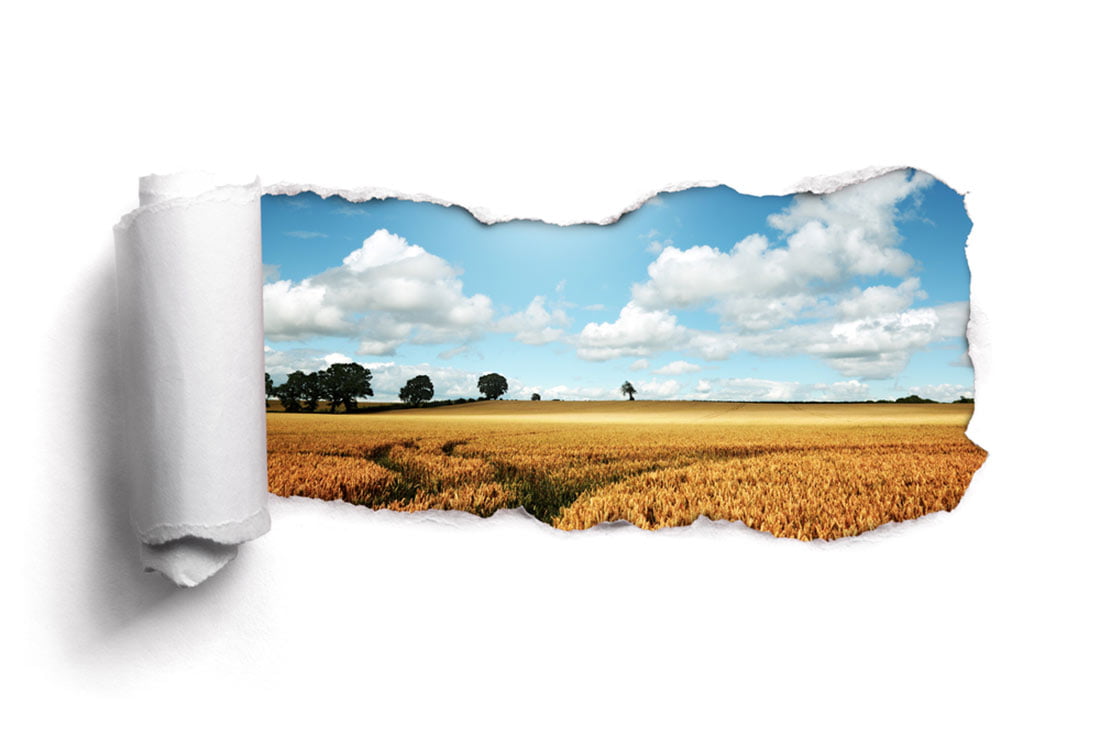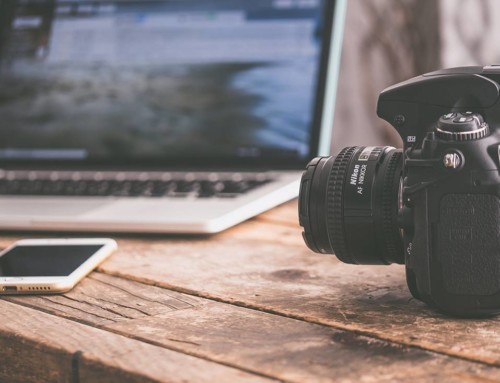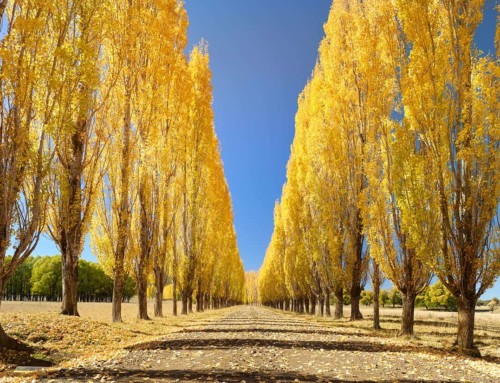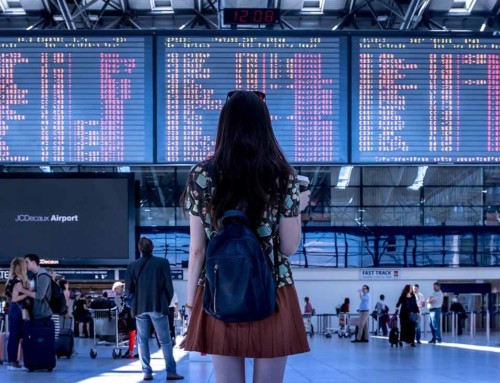Whether you shoot your landscapes using a professional camera and traditional set-up or you’re simply dedicated to unlocking the full photographic potential of your iPhone’s built-in camera, landscape photography can be notoriously tricky to get the hang of.
We’ve all seen those shots. You know the ones. The seascapes that really make you sit up and take notice, the cityscapes that truly break the mold, or the nature shots that look like they would be more at home in National Geographic than on Instagram. However, we’ve seen even more landscape shots that while they’re OK, they’re also pretty blah and hardly the memorable works of art most of us are after. Let’s take a closer look at a few things that can help make the difference between “meh” and “masterpiece”.
Embrace Transitional Times of Day
Landscapes are generally at their most beautiful and majestic during the times of day when the world is in transition – sunrise and sunset. Known as the blue hour and the golden hour respectively, sunrise and sunset are the times of day when the natural light you want isn’t as harsh. The sun lights your scene from a much lower angle than it will during the rest of the day, allowing the visual appeal of shadows, textures, and other interesting features to show up plainly in your shots.
Create a Sense of Depth
Take a moment right now to think of some of your favorite landscape photographs of all time. Now consider what some of the most intriguing of those shots have in common. Quite a few most likely feature a central focal point somewhere in the foreground – a curving tree branch, a wildflower, or a loan cactus to name just a few possibilities. Placing a point of interest at the front of your shot helps create an illusion of depth that makes the viewer feel they could step right into the image.
Veering Away from the Beaten Path
We’ve touched on how important it is for a landscape photographer to be willing to explore in order to find his own personal style and unlock the potential of a given location. Well, straying away from the same exact spots everyone shoots is also one of the best ways to make sure your photography doesn’t become boring. The most beautiful landscape shots are rarely captured from the side of the road or from the same areas that are full of tourists. Invest in a good GPS unit and go hunting for the views no one has captured before.
Be Original
It’s of the utmost importance that you use your camera to develop your own unique vision for your landscape photography. Avoid clichés. Instead, look for unique vantage points from which to capture your scene. Try shooting at ground level or from a bird’s eye view. What would the scene in front of you look like to a child… or a grasshopper, or giant? Also, try using your landscapes to tell your viewers a story. Base your shots on a concept or a dialogue you want to share – something personal and from the heart. Your photographs will benefit and your viewers will thank you for it!





